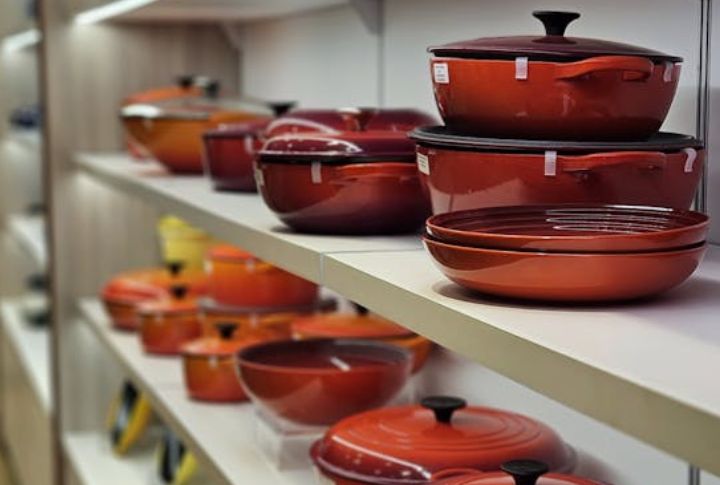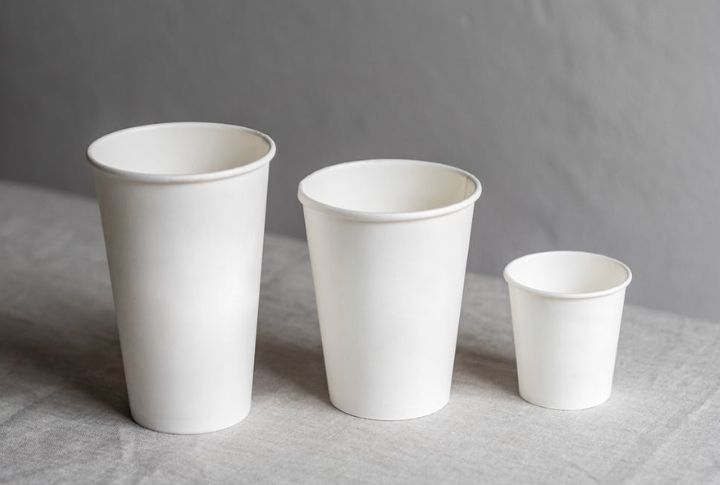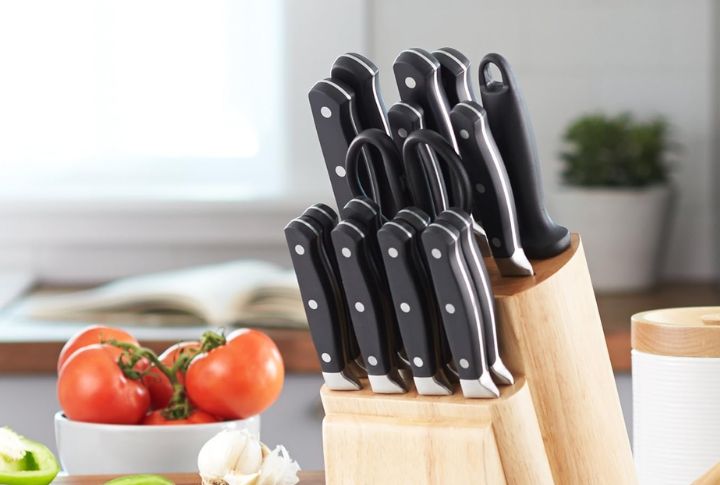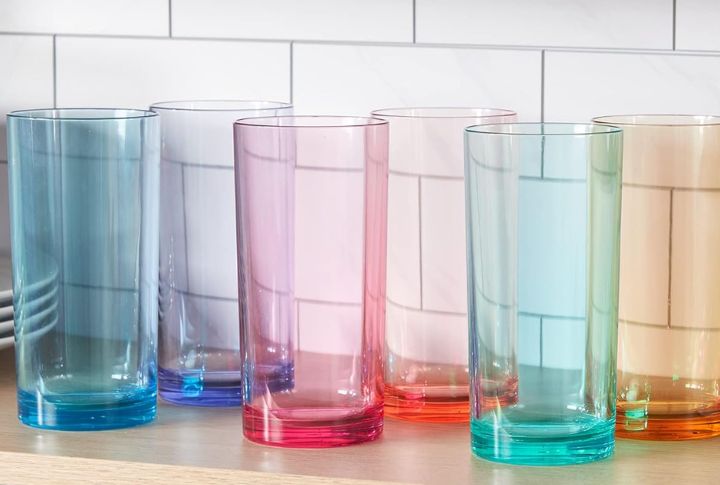
Not everything labeled “kitchen-safe” can handle the soap-spraying, high-heat world inside your dishwasher. Behind those sparkling finishes and nonstick promises are materials that quietly degrade with every wash. If you’ve ever wondered why your favorite pan isn’t what it used to be, you’re not alone. Give your dishes the TLC they deserve; read through and spot the silent saboteurs hiding in plain sight.
Wooden Utensils And Cutting Boards

Hot water and steam make wood bend and crack over time, damaging its shape and strength. Meanwhile, detergents strip away protective oils, which leads to splintering and allows bacteria to grow in trapped moisture. Since some pieces are hand-carved, a dishwasher cycle could erase the weeks of craftsmanship that went into them.
Cast Iron Cookware

Seasoning layers on cast iron are easily stripped by dishwasher detergents, removing its natural nonstick quality. Meanwhile, lingering moisture speeds up rusting, especially around exposed edges. The chemical-free coating makes it unique. Passed down like treasure in many homes, cast iron fares best with coarse salt and hand rinsing.
Crystal Glassware

Delicate crystal can lose its sparkle fast under harsh dishwasher cycles. High-pressure jets chip edges and strong detergents leave a dull, cloudy film. Many pieces contain lead for extra shine, which fades quickly with repeated washes. Handwashing preserves both the beauty and the sentimental value.
Copper Pots And Mugs

Copper’s ability to reflect light fades with dishwasher exposure, and its time-honored antimicrobial traits lose potency over repeated washes. Once a prized material in ancient Egyptian sanitation, copper weakens under harsh detergents, which also corrode its surface and damage the uncoated linings of classic drinking mugs.
Nonstick Cookware

High dishwasher heat degrades nonstick coatings, sometimes releasing toxic fumes. Powerful jets can peel the surface, making it sticky and unreliable. Despite “dishwasher-safe” labels, longevity drops fast. Moreover, damaged nonstick is worse than basic pans. So, for better frying results, skip the rinse cycle and wash by hand.
Soft Plastics

High dishwasher heat warps soft plastics, especially disposable containers, making them unusable and often unsafe. Even microwave-safe labels don’t guarantee dishwasher durability. Warped lids won’t seal properly, and heat can trigger chemical leaching. That’s why it’s better to skip the dishwasher and handwash such containers.
Insulated Mugs And Bottles

When dishwashers disrupt the vacuum seal in insulated drinkware, temperature control vanishes. Trapped moisture in tight seams creates the perfect environment for rust or mold. Over time, even the sleekest thermos loses its edge. Poor visibility into those nooks makes machine cleaning risky for long-term performance.
Sharp Knives

Repeated dishwasher use erodes the sharpness of knife blades as they knock into racks or cutlery. Detergents strip protective coatings, and corrosion creeps into the exposed metal, especially in high-carbon knives. Ironically, the loss of edge makes cutting riskier, not safer, with dull tools more prone to slipping.
Gold-Plated Dishware

Detergents gradually erode gold embellishments, resulting in faded detailing and irreversible spotting. Persistent steam exposure further weakens the plating, usually causing it to peel or bubble. Fine plating wears with care, not force. If time makes it valuable, don’t let detergent undo the history.
Acrylic And Disposable Glassware

Dishwasher heat clouds and deforms acrylic surfaces, while strong detergents cause scratching that weakens the material. Repeated cycles lead to brittleness and eventual cracks. Although acrylic mimics glass in appearance, it reacts poorly to intense wash cycles.

